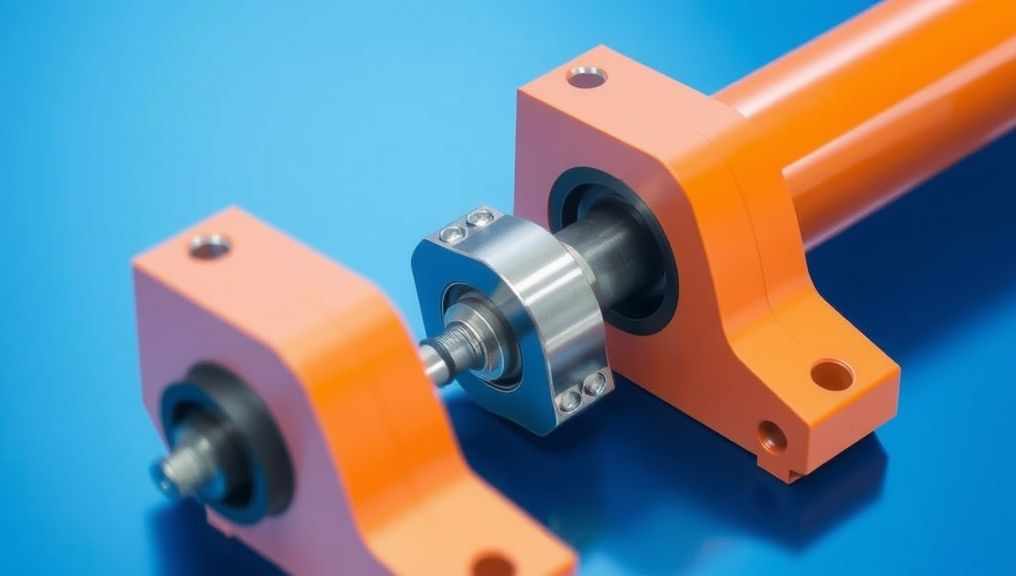
When it comes to precision measurement in industrial manufacturing and storage, choosing between digital and analog load cells is an important decision. A proper load cell comparison helps determine which type is best for your specific application, ensuring accurate results, reliable performance, and long-term efficiency.
An analog load cell is the traditional type that outputs a continuous voltage signal proportional to the weight or force being measured. It has been used for decades in many industrial applications and remains popular due to its simplicity and proven reliability. On the other hand, a digital load cell converts the signal internally and outputs a digital value, offering higher precision, better stability, and easier integration with modern control systems.
When doing a digital vs analog load cell comparison, one of the first things to consider is accuracy. Digital load cells generally provide more consistent and accurate readings because they eliminate electrical noise that can interfere with analog signals. This makes them ideal for automated production lines and storage systems that rely on real-time data monitoring. Analog load cells, however, still perform well in stable environments and are often more cost-effective for basic industrial weighing tasks.
Another key difference in the load cell comparison is data communication. Digital load cells can directly connect to computers, controllers, or PLC systems through modern interfaces. This allows for easy calibration, remote monitoring, and diagnostics—all essential features in today’s smart manufacturing environments. Analog load cells require additional signal converters and amplifiers, which can make system setup slightly more complex.
Durability and maintenance are also factors to keep in mind. Analog load cells are simple, rugged, and well-suited for heavy-duty industrial applications where the environment is harsh or dusty. Digital load cells, while more advanced, may require careful handling and clean connections to maintain accuracy. In many industrial manufacturing and storage operations, a combination of both types can be used depending on where and how they’re installed.
Cost is another consideration when comparing digital vs analog load cells. Analog load cells are usually less expensive and widely available, making them a great choice for small to medium-sized projects. Digital load cells cost more but offer advanced features like error detection, automatic calibration, and direct digital output, which can save time and improve productivity in the long run.
For industrial businesses building or upgrading their systems, publishing a load cell comparison page on your website can also improve visibility online. Many professionals search for information like “digital vs analog load cell comparison” before making purchasing decisions. Creating well-optimized content with clear explanations not only helps your visitors but also strengthens your website’s SEO performance in the industrial sector.
In conclusion, both digital and analog load cells have their strengths. Analog load cells are reliable, durable, and budget-friendly, while digital load cells offer precision, smart integration, and long-term efficiency. The right choice depends on your operational needs and environment. By understanding the differences through a proper load cell comparison, you can make an informed decision that enhances your industrial manufacturing and storage systems for years to come.


Write a comment ...